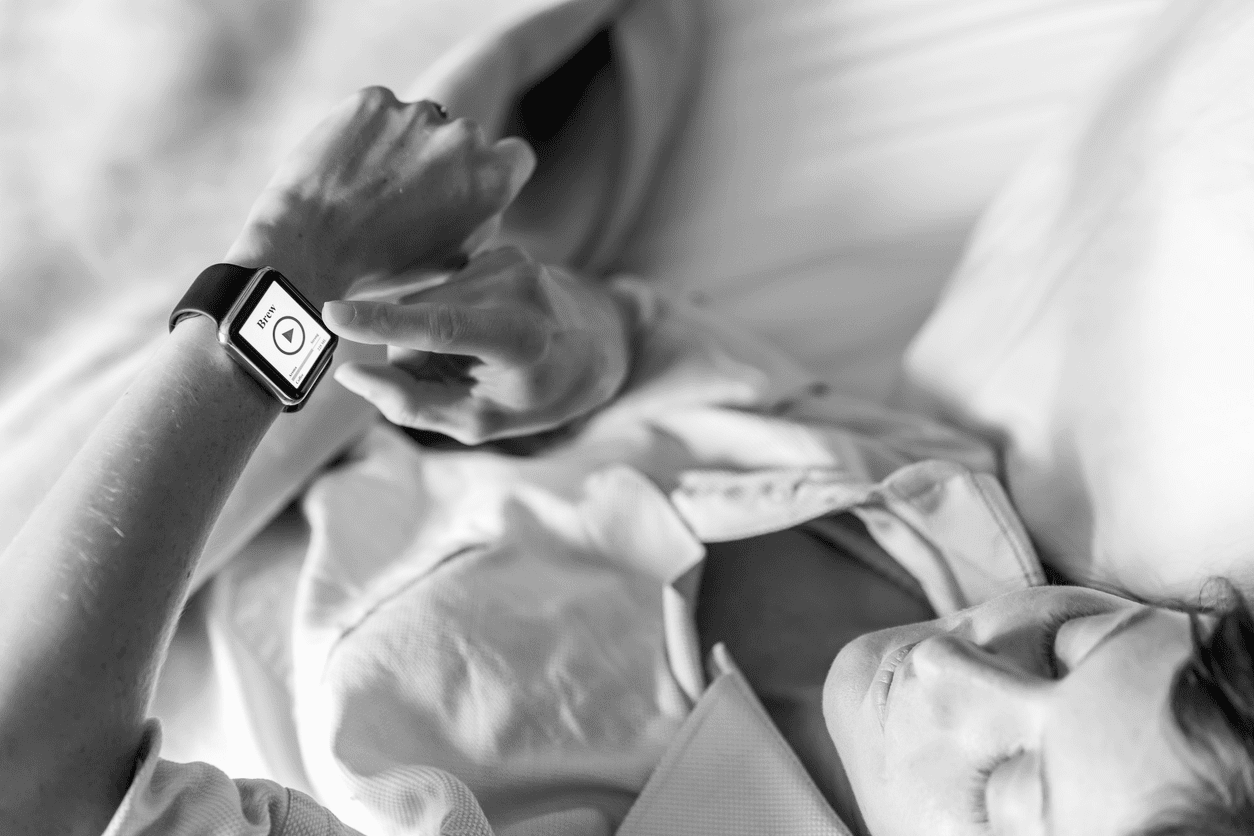Digital health technologies experienced a surge in investment, acquisition and widespread industry disruption throughout all of 2018.
With the beginning of the New Year comes a renewed commitment to change and innovation. We’ve sat down with a number of leading health technology champions to look to the future and share their own new year’s resolutions for 2019.
Intro
Today, Dr Erica Crome, Chief Operating Officer at SleepFit shares her insights into the year ahead for emerging digital health technologies and the implications these will have on the Australian health tech industry. Erica has a PhD in Psychology, Masters of Health Management and is also a practicing Clinical Psychologist. Alongside the SleepFit team, she is extremely passionate about using technology to reduce barriers to treatment for sleep disorders and related mental health concerns.
Read below for her take on the biggest challenges and trends facing the industry:
An emphasis on protecting personal data
“Most of our new year’s resolutions will already be broken after we’ve settled back into 2019 – so I know I’m being ambitious here!”
“I’m an idealist, so my resolution would be for the best interests of people to be at the centre of everything we do in the health tech industry in 2019. This includes protecting personal data, providing valid advice, correct algorithms and transparency in how we operate. Working within health is a privileged position, and I believe this is an important resolution to keep well beyond the first weeks of January.”
Technology as a complement rather than a ‘fix-all’
“I’m most excited about seeing how health tech can make my life easier in 2019! There are so many opportunities for technology to complement human interactions to make tracking, reporting, educating and changing sleep behaviours easier. From harnessing data through to reducing errors through automation, we’re always looking for how we can use technology to streamline and improve.”
“I’m passionate that there is still a role for people in this process, and at the end of the day many of our SleepFit users still want to be able to reach out to a person if they need extra support. The more we can automate and integrate with technology, the more bandwidth we’ve got for making sure we’re available to provide this essential support.”
A solution is only ever as good as how we use it
“One of the biggest challenges facing the health tech industry is the ability to create solutions that have in-built engagement mechanisms. Without this we face an age old problem in healthcare – a solution is only ever as good as how we use it.”
“We know many people fail to take life-saving drugs because they forget, feel better or don’t trust their doctor’s advice. To make sure we realise the full potential of all the great health tech solutions available, we need to work within the broader context of how technology will be used, and how to make it easy to integrate into daily life.”
“Whether the end-user is a clinician, a patient or a savvy consumer – we need to make sure health tech fits seamlessly into daily life and work.”
Imagination and vision are key to standing out from the crowd
“I’ve had some interesting vantage points for viewing changes in health tech over recent years. From within the industry, it is easier than ever to build, create and scale. This means imagination and vision are becoming increasingly important for ensuring your solution stands out from the crowd. I see the flip-side of this as a consumer. There is an overwhelming number of health tech solutions for every possible health concern, and it’s hard to tell them apart sometimes.”
“As a clinician, at times I notice there is still a strong distrust and fear of health tech in some circles. Clinicians fear that technology will make them redundant, that their patients are using devices that are harmful (or at least not helpful), or that keeping up with change is too hard and expensive. With potential health technology so great, we need to make sure we bring clinicians on the journey with us.”
The future of sleep
“At SleepFit we’re always amazed at the range of different technologies aiming to help diagnose sleep disorders, track sleep and improve sleep quality. The ones we see making the biggest impact in this space are those that give accurate sleep data.”
“Seeing Fitbit’s release of 6 billion nights of sleep data in January was impressive. Being able to non-intrusively track the sleep of so many people in their daily lives has a huge impact understanding sleep as a public health and safety issue.”
“Their impressive dataset showed that both men and women on average were getting less than the recommended 7 to 9 hours sleep each night, which we know is linked with various physical and mental health risks. It also backed up what we already know about the impact of “social jetlag”: when your sleep gets thrown out by changes in bedtime routines over the weekend. Collecting this kind of data in a research trial would be almost impossible.”
“Many devices currently track sleep through physical activity levels, and being able to track brain activity, breathing and heart-rate together would greatly enhance the accuracy of these results. Once we achieve this, we remove a huge barrier to identifying and managing sleep disorders. We could make it easier for people to be screened within their home and to keep their doctors informed of their results in real-world settings. If you’re close to developing this we’d love to try it!”
